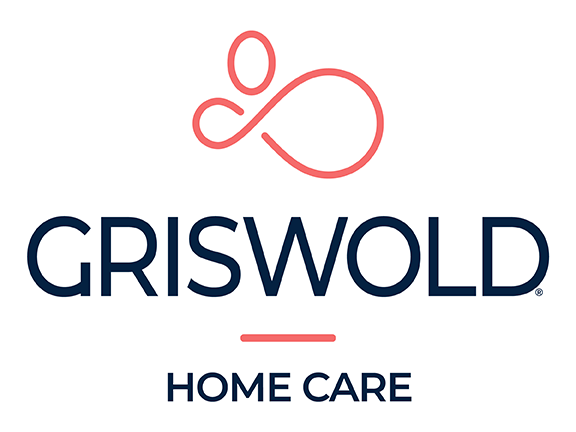The greatest gift you can give your elderly loved one is the ability to live a meaningful and independent life in the comfort of home. Besides helping to nurture his or her physical wellness and cultivate socialization and engagement with friends, family and the community, you should also keep a discerning eye on the safety of your loved one’s home.
Accidents in the home can have long-term debilitating effects on the elderly, and you certainly don’t want a preventable mishap to hinder your loved one’s health, happiness and independence.
Griswold believes that “home care” means caring for the home too, so here are 5 safety tips to bring home to your loved one:
1. LET THERE BE LIGHT
Your loved one should never have to walk through a dark room, so each room in in his or her home should have a light switch that is easily accessible upon entry. For the bedside, a lamp or reachable light switch helps prevent accidents when getting out of bed at night. Nightlights should illuminate the path from the bedroom to the bathroom. If the home has a stairway, proper lighting — with switches at both the top and bottom of the stairs — should clearly illuminate each step. Also consider installing an outdoor light outside of each entrance to reduce accidents when your loved one is entering or leaving the home.
 2. SKIP OUT ON THE SLIP
2. SKIP OUT ON THE SLIP
Install grab bars and slip-resistant mats in the bathroom. Bathrooms host the highest number of accidents in the home, so check out our previous blog posts on bathroom safety for more detailed information. For the rest of the home, make sure all rugs, mats and surfaces are nonskid, lay flat and won’t bunch up. Stairways should have handrails that extend the full length of the stairs. Inspect these regularly to make sure they’re sturdy! And encourage your loved one to keep floors clutter-free to prevent the all-too-common trip and fall.
3. FIGHT FIRE WITH PREVENTION
Each floor of your loved one’s home should have at least one smoke alarm, but it’s best to place additional smoke alarms and carbon monoxide detectors outside all sleeping areas. All flammable material, like curtains and furniture, should be at safe distances from baseboard heaters and space heaters. Inspect heating equipment regularly to make sure it’s working correctly. And, when it comes to fires, the hot spot in the home is the kitchen — check out these blog posts for more advice on fire prevention in the cooking cockpit.
4. ERADICATE THE REACH
Reaching for objects in overhead cabinets or using an unstable step stool are huge risk factors for elderly home injuries. Make sure all frequently used items are easily accessible and regularly check step stools for stability.
5. PLAN & PRACTICE FOR EMERGENCIES
Devise and practice emergency plans for fires, earthquakes, inclement weather and any other emergency that your loved one’s situation and surrounding environment might pose. Make sure important numbers are easily readable from the phone area and accessible in the case of a fall or other accident anywhere in the home.
Of course, elderly home accidents are never 100% preventable, but you can make sure your loved one’s home is devoid of hazards and supplemented with precautions — as well as keep on top of physical wellness, especially eye health and glaucoma prevention, to prevent slips and falls. Mitigating the risk of in-home injury is 100% possible… and 100% encouraged.
Because we’re approaching those hot and humid summer months, our next post is going to give you lots of good advice to keep your loved one hydrated. Check back soon or subscribe to quench your thirst for helpful hydration hints!
